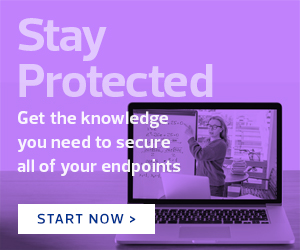It’s imperative that administrators step up to improve their cybersecurity and include as many stakeholders as possible in that effort. Explore options for cloud security. Complete a risk assessment to identify vulnerabilities within school networks. Ramp up training for employees and share more information with all users, including parents and students, to empower them to avoid phishing attempts and other potential scams.
We know the stakes are high for remote learning, and we understand the struggles for all involved to make it work. Districts have more operations in the cloud and, with expanded remote learning, more users on their networks. Schools are particularly vulnerable to attacks for myriad reasons.
“One minute of student downtime is a problem for our core organizational objectives,” says Wade Barnes, executive director of infrastructure and support for the DeKalb County (Ga.) School District.
READ MORE: Wade Barnes explains how the pandemic changed the role of a K–12 IT leader.
Some K–12 students have missed as much as six months of instruction because of pandemic-spurred school closings. Every minute added to that count worsens educational disparities and expands the work educators must do to get students caught up academically.
Without more investment of time and resources in cybersecurity, the cost to schools, their students and teachers will be great.











